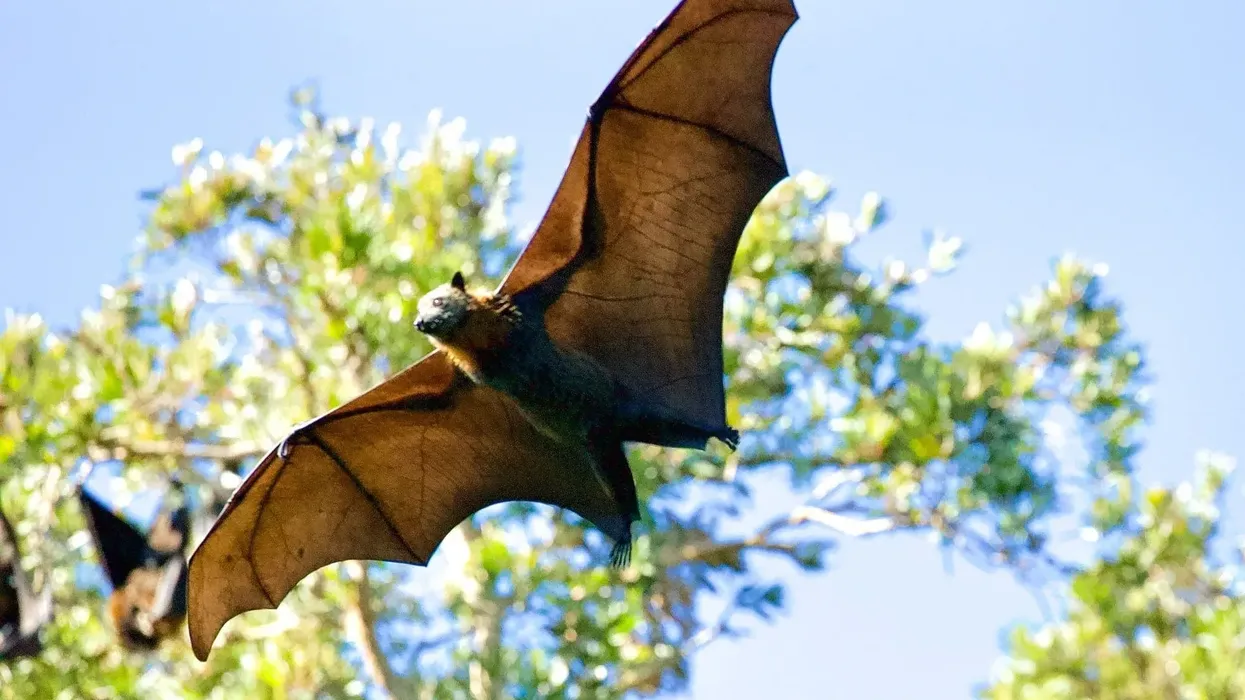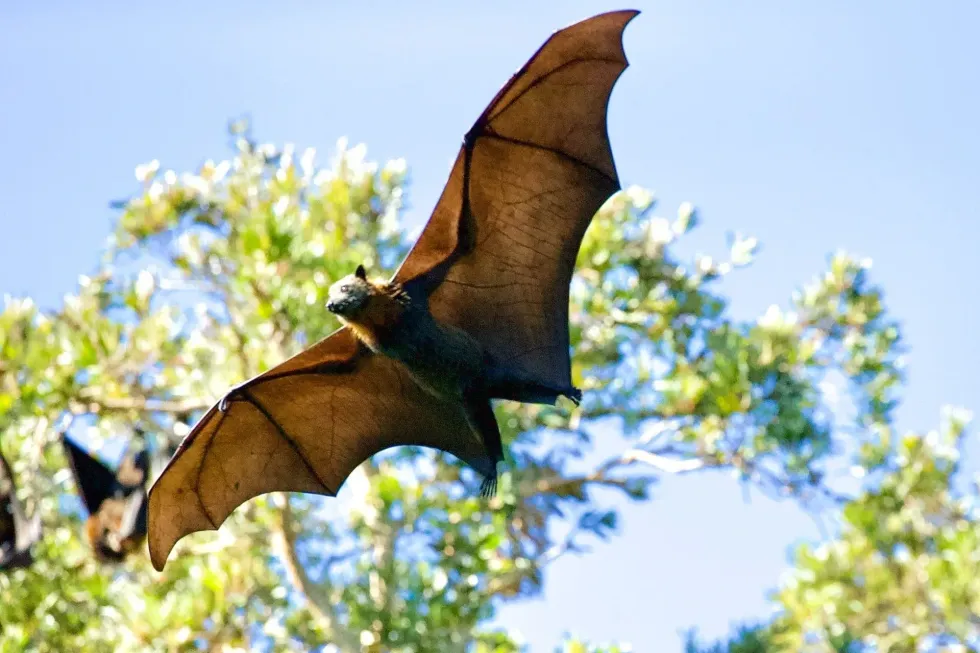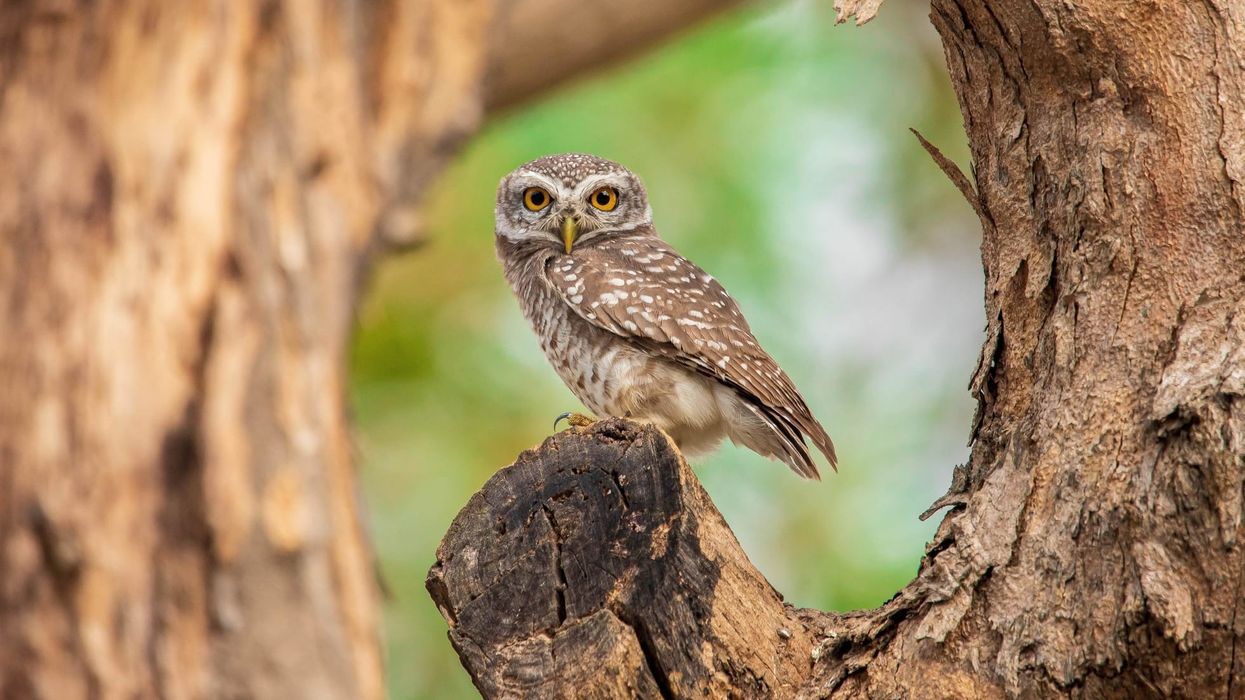The bat species of northern bat belong to the kingdom Animalia, class mammalian, family Vespertilionidae, and genus Eptesicus. Their scientific name is 'Eptesicus nilssonii'. Northern bats are the largest bat species in North America. They are easily recognizable by their long furred tails and large size. Northern bats live in a variety of habitats, including forests, woodlands, and grasslands.
They feed on a variety of prey items, including insects, frogs, and small mammals. Northern bats hibernate during the winter months and give birth to one or two young per year.
Northern bats have large ears and broadheads, which makes them look more like raccoons than typical bats. Northern bats are nocturnal, so active at night while they hunt for prey.
Northern Bat Interesting Facts
What type of animal is a northern bat?
The Northern bat is a type of nocturnal and hibernating bats. Northern bats have a wingspan of up to 20 in (50 cm) and can weigh over 3 lb (1.3 kg).
What class of animal does a northern bat belong to?
Northern bats belong to phylum Chordata, class Mammalia, order Chiroptera, family Vespertilionidae, and genus Eptesicus. Northern bats are important predators of insects, including many pest species that damage crops or spread diseases like the West Nile Virus.
How many northern bats are there in the world?
The exact number of their population is not known yet, but as they come under the status of Least Concern, as they exist in abundance.
Where does a northern bat live?
Much of eastern North America, ranging from western Newfoundland to southern Quebec, Manitoba, and Ontario, as well as central Alberta, and south and through eastern Great Plains to eastern Oklahoma, northern Mississippi, northern Louisiana, southern Alabama, eastern North Carolina, central Georgia, north-central Florida, eastern South Carolina, and the Atlantic Coast.
What is a northern bat's habitat?
Northern bats live in a variety of habitats, including forests, woodlands, and grasslands. Northern bats can be found in both deciduous and coniferous forests. They are also commonly found in open areas with scattered trees or near water. Northern bats hibernate during the winter months and give birth to one or two young per year.
Who do northern bats live with?
The northern bat was assumed to be a sedentary species, however, research has revealed that colonies have traveled as far as 279 mi (450 km). It's doesn't migrate seasonally, but rather over a long period of time.
Males live alone in the summer, but females establish colonies of 10-80 adults. When juvenile bats are capable of flying, a colony forms in summer and disbands in August.
Winter colonies are frequently found in dwellings and natural or man-made subsurface habitats. In summer, northern bats can be found in high numbers in north side areas.
How long does a northern bat live?
This species can live up to eighteen years in wildlife. The average age of a bat is about 20 years, while some can even live up to 30 years as well.
How do they reproduce?
Northern bats, both male, and female have a large number of mates in breeding process. Mating happens in the autumn when clusters of a few hundred assemble and pairs mate prior to hibernating. During hibernation, the females store the males' sperm inside of them; they do not get pregnant till they emerge in spring.
A single child is born after a 50-60 day pregnancy. In late June or early July, young are born. Females and offspring form maternity colonies.
Northern bats are born vulnerable and reliant on their moms. Northern bat females nurse the young for roughly a month. Males do not assist in the caring of the children.
What is their conservation status?
According to the IUCN Red List, the conservation status of Northern long-eared bats is Least Concern (LC). Northern bats are not currently listed as Near Threatened or Endangered, but they are considered Vulnerable.
Northern bats have been impacted by white-nose syndrome, a fungal disease that has killed millions of bats across North America. There is no known cure for white-nose syndrome, so researchers are working to develop methods to protect northern bat populations from the disease.
It is important to protect these small vulnerable species in the world for the betterment of the world.
Northern Bat Fun Facts
What do northern bats look like?
A medium-sized bat with a wingspan of around 20 in (50 cm) and a body length of 2-2.5 in (54 - 64 mm). In terms of pelage, this species is very similar to the small brown bat.
The color of the fur varies, although it is normally medium brown on the upper parts and lighter on the belly. The presence of a significantly large, pointed tragus in the ear is the greatest way to recognize the northern bat from related species.
All other Myotis species have a short, blunt-tipped tragus. On average, the ears of this animal are longer than those of other Myotis species, however, this characteristic is not always evident.

How cute are they?
These species are very small and black in color, so for some, maybe they are scary animals. But there are many bat lovers who believe bats are cute!
How do they communicate?
Northern bats use the technique of echolocation to communicate as well as to hunt for food at night. They emit calls to the external environment and listen to the echo they get in return.
How big is a northern bat?
The Northern bat is a medium-sized bat that has a body length of 2-2.5 in (54 - 64 mm). The northern bat is present in Kentucky all year and has a statewide distribution, however, it can be found locally throughout much of the state's central region.
How fast can a northern bat move?
The speed of flying of this species is not known yet, but the average speed at which a bat flies is around 100 mph (160 kph).
How much does a northern bat weigh?
The weight of a northern bat is roughly around 0.28-0.56 oz (8-16 g). Northern bats are the largest bat species in North America.
What are the male and female names of the species?
Males and females of this species do not have any specific names.
What would you call a baby northern bat?
The babies of the northern bat are called 'pups'.
What do they eat?
Northern long-eared bats, like other bats, emerge at dusk to feed. They generally fly through the understory of forested environments, eating on moths, leafhoppers, caddisflies, flies, and beetles that they grab while flying or by gleaning stationary insects from foliage.
They feed on a variety of prey items, including insects, frogs, and small mammals found in habitats that include forests, woodlands, and grasslands.
Are they dangerous?
These northern bats are not dangerous to humans.
Would they make a good pet?
These bats would not make suitable pets because they require their natural habitat of arid places and woods to survive and will not thrive in homes.
It is wise to leave them to thrive in their natural habitats and grow in numbers to balance the environment ecologically.
Did You Know...
These bats have separate habitats for summer and winter. In winters, they use locations in different sizes of caves or mines that have consistent high humidity, temperatures, and no air currents.
Northern long-eared bats sleep alone or in colonies beneath the bark, dead trees in forest, in cavities, or in cracks of both snags and live trees during the summer.
Can they harm you?
No, these bats cannot harm you. They are very small and also do not have any characteristics of their natural self to harm anybody. They're not poisonous either.
Do northern bats migrate?
Yes, bats migrate according to the season. Northern long-eared bats hibernate in mines and caves called hibernacula during the winter. Non-reproductive females and males may roost in caves and mines, which are colder environments.
*We've been unable to source an image of a northern bat and have used an image of a flying fox of the same order instead. If you are able to provide us with a royalty-free image of the northern bat, we would be happy to credit you. Please contact us at hello@kidadl.com.









